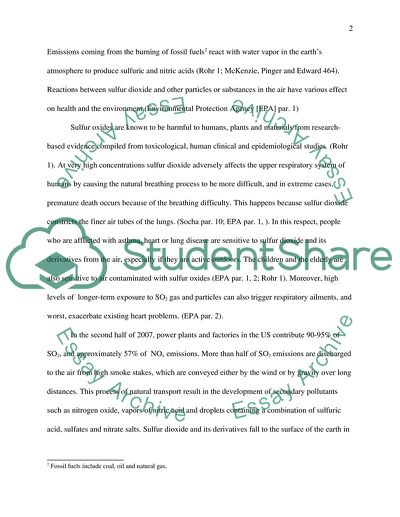Cite this document
(Sulfur Dioxide Emission Trading System in US Research Paper, n.d.)
Sulfur Dioxide Emission Trading System in US Research Paper. Retrieved from https://studentshare.org/macro-microeconomics/1725063-us-so2-emission-trading-system
Sulfur Dioxide Emission Trading System in US Research Paper. Retrieved from https://studentshare.org/macro-microeconomics/1725063-us-so2-emission-trading-system
(Sulfur Dioxide Emission Trading System in US Research Paper)
Sulfur Dioxide Emission Trading System in US Research Paper. https://studentshare.org/macro-microeconomics/1725063-us-so2-emission-trading-system.
Sulfur Dioxide Emission Trading System in US Research Paper. https://studentshare.org/macro-microeconomics/1725063-us-so2-emission-trading-system.
“Sulfur Dioxide Emission Trading System in US Research Paper”, n.d. https://studentshare.org/macro-microeconomics/1725063-us-so2-emission-trading-system.


